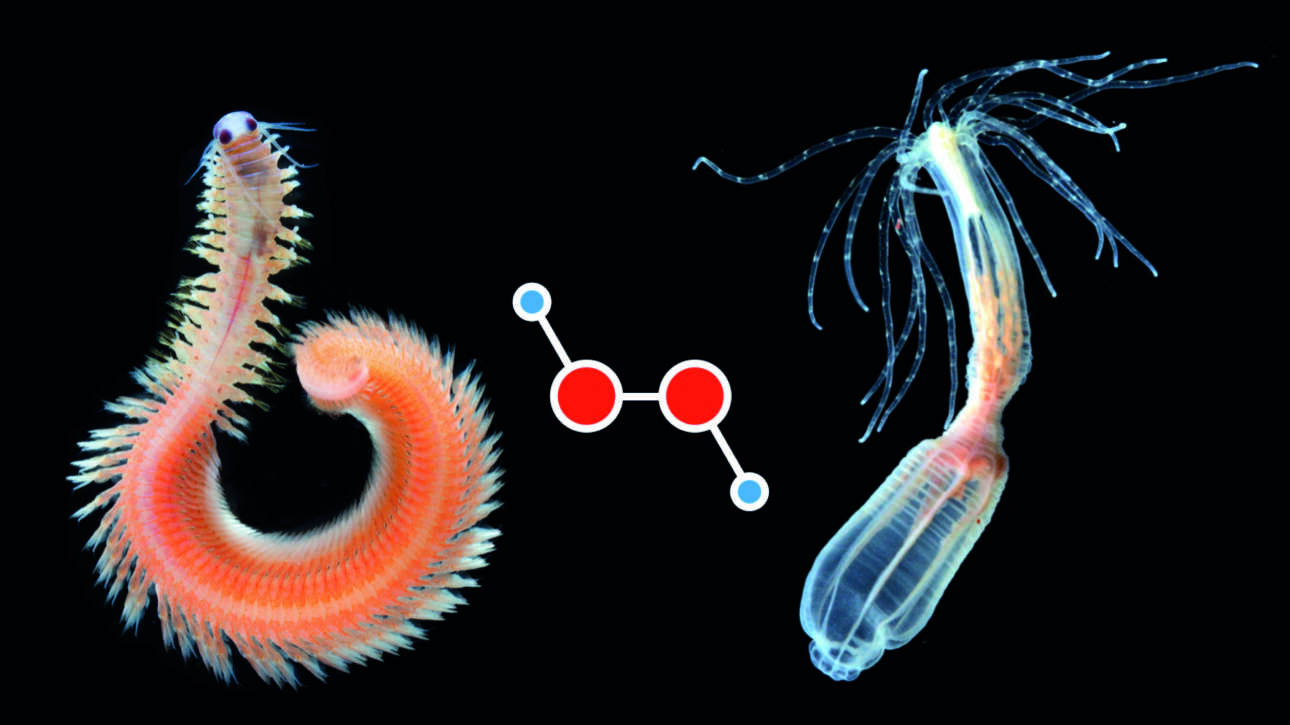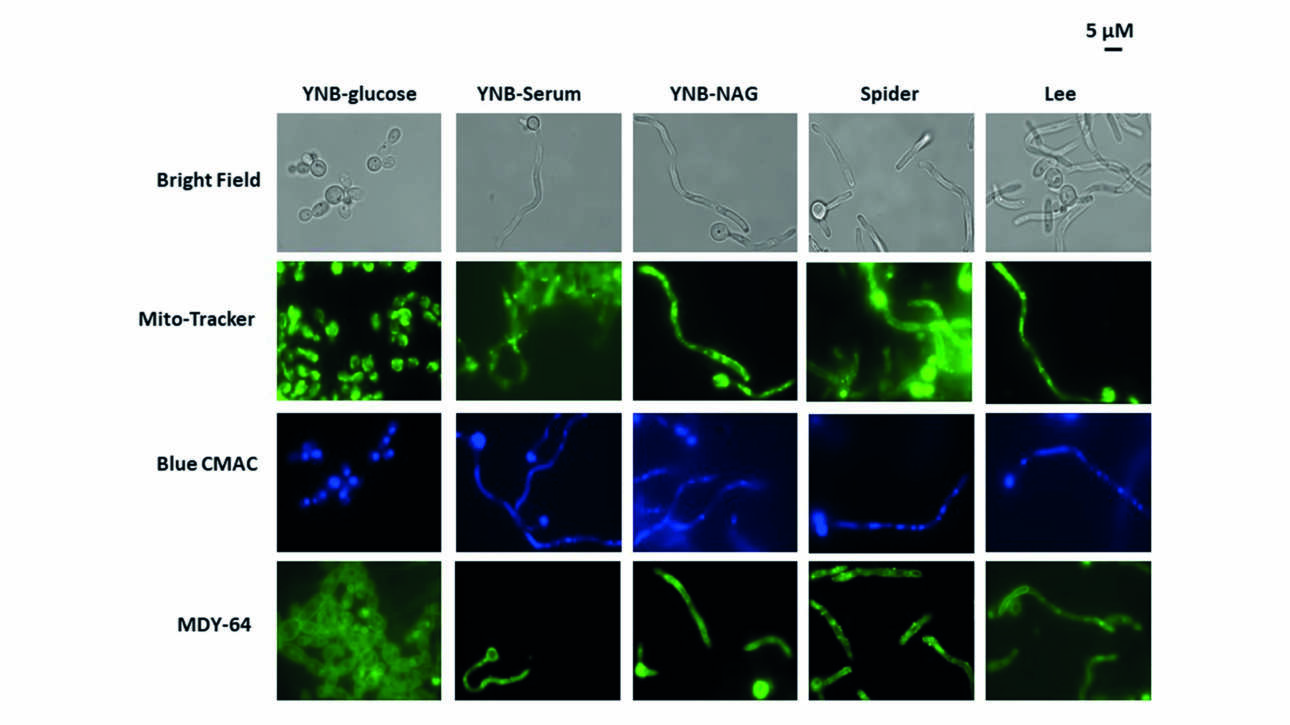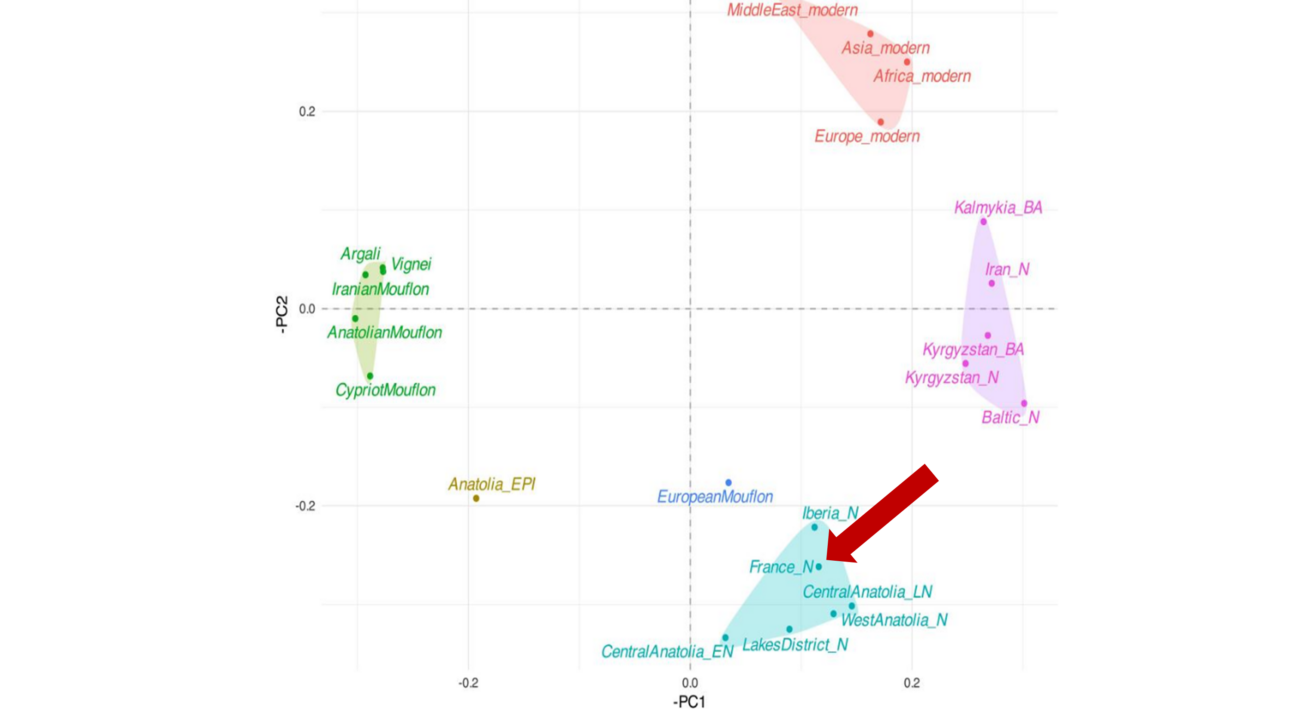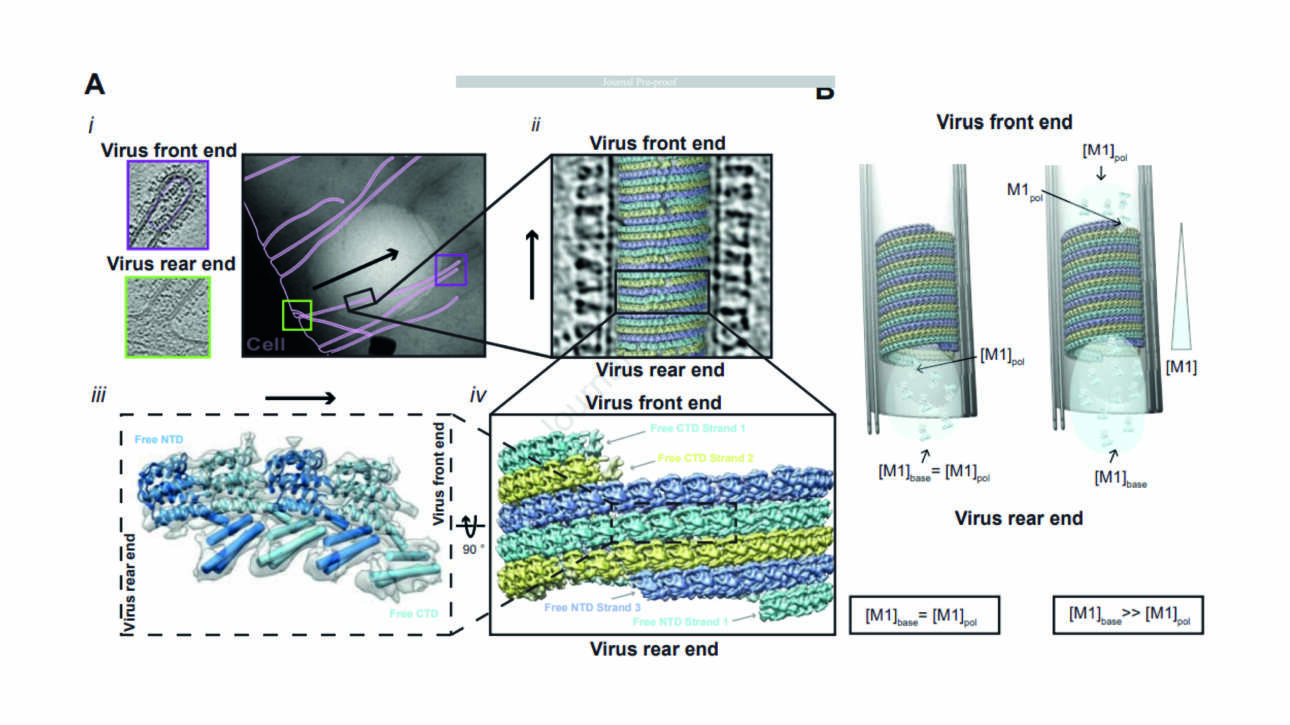The Gazave Lab published a new article in Molecular Biology and Evolution:
The Rich Evolutionary History of the Reactive Oxygen Species Metabolic Arsenal Shapes Its Mechanistic Plasticity at the Onset of Metazoan Regeneration
Abstract
Regeneration, the ability to restore body parts after injury, is widespread in metazoans; however, the underlying molecular and cellular mechanisms involved in this…








